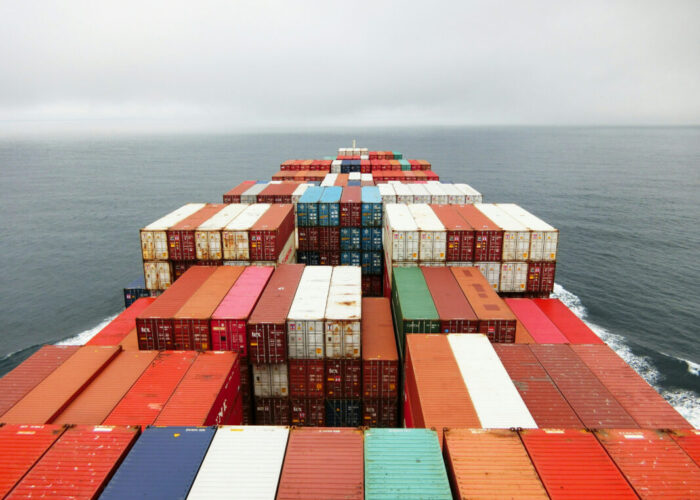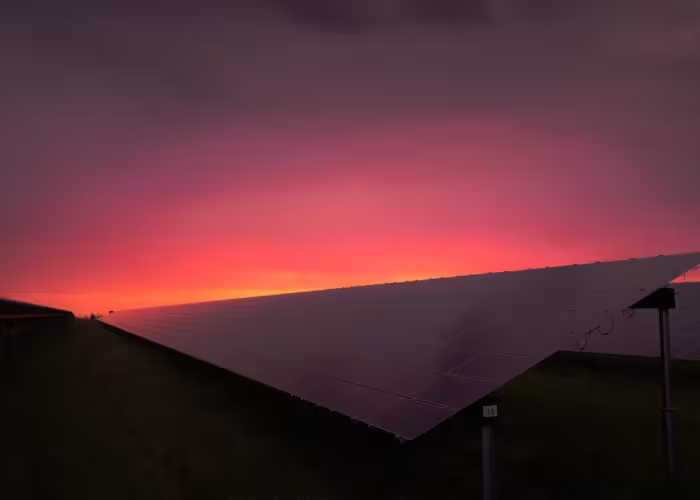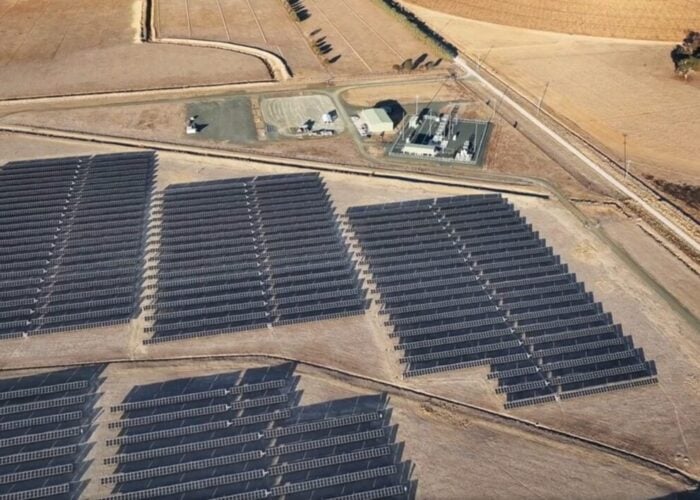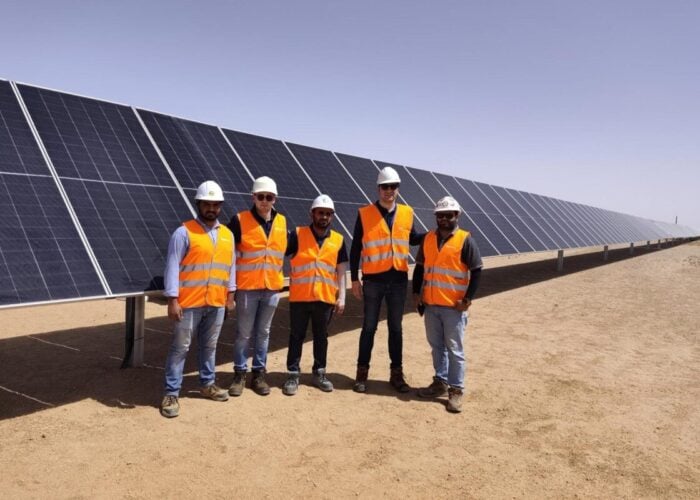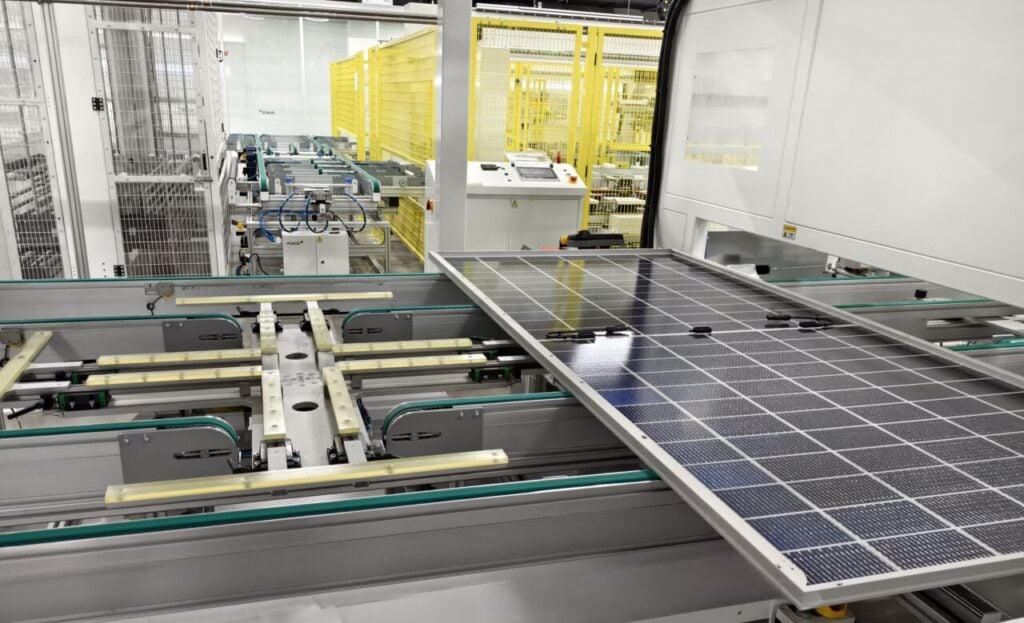
Supply-demand imbalances across the industrial chain and inventory pressures have driven down product prices and negatively impacted the operational performance of several listed Chinese PV companies that released their 2025 interim performance forecasts this week.
Taking TCL Zhonghuan, LONGi Green and JA Solar as examples, all three are expected to report losses exceeding RMB2 billion (US$278.6 million) in the first half of the year. These are among the largest revenue-generating companies in the PV industry.
Try Premium for just $1
- Full premium access for the first month at only $1
- Converts to an annual rate after 30 days unless cancelled
- Cancel anytime during the trial period
Premium Benefits
- Expert industry analysis and interviews
- Digital access to PV Tech Power journal
- Exclusive event discounts
Or get the full Premium subscription right away
Or continue reading this article for free
TCL Zhonghuan’s interim performance forecast stated that the company expects a net loss attributable to shareholders in the range of RMB4-4.5 billion in the first half of the year.
The company noted that in the first half of 2025, global PV installations showed resilient growth, while China’s distributed market saw a short-term installation rush, leading to strong temporary demands.
However, from May to June, demands across the industrial chain gradually cooled down. Coupled with ongoing supply-demand imbalances, inventory pressures and other factors, product prices continued to fall. As a result of falling product prices and inventory impairments, the company incurred operational losses during the period.
| Financial Forecasts for Selected Chinese PV Listed Companies (H1 2025) | |||
| Company | H1 estimated loss (¥100M) | Q1 loss (¥100M) | Q2 loss (¥100M) |
| TCL Zhonghuan | 40-45 | 19.06 | 20.94-25.94 |
| JA Solar | 25-30 | 16.38 | 8.6-13.62 |
| LONGi Green | 24-28 | 14.36 | 9.64-13.64 |
| Jietai Solar | 2-3 | 1.06 | 0.94-1.94 |
| Aiko | 1.7-2.8 | 3 | 0.2 – 1.3 |
Source: Interim earnings forecasts disclosed by listed companies
Although still in the red, leading module manufacturers LONGi Green and JA Solar have shown signs of improvement, with both reporting a quarter-on-quarter narrowing of losses in Q2. Among them, LONGi Green expects to report a net loss attributable to shareholders in the range of RMB2.4-2.8 billion for H1 2025, representing a year-on-year loss reduction of RMB2.443-2.843 billion, the largest loss reduction among China’s top PV companies.
According to its Q1 2025 report, LONGi Green recorded a net loss attributable to shareholders of RMB1.436 billion during the reporting period, while its estimated net loss for Q2 is projected to be RMB964 million to RMB1.364 billion, indicating a reduction in losses.
Compared with Q1, JA Solar also saw reduced losses with slight improvement. According to the disclosed announcement, JA Solar expects a net loss attributable to shareholders in the range of RMB2.5-3 billion for H1 2025. Based on its previously released Q1 2025 report, JA Solar reported a net loss attributable to shareholders of RMB1.638 billion during the reporting period. Accordingly, JA Solar’s estimated Q2 net loss is projected to be RMB860 million to RMB1.362 billion.
In Q2, Aiko is expected to post a net profit of RMB20-130 million, making it currently the only PV material manufacturer to be profitable in a single quarter.
According to Aiko’s earnings forecast, the company expects to report a net loss attributable to shareholders of RMB170-280 million for H1 2025.
While the financial report may seem to show losses at first glance, there’s more to it. A quarterly breakdown shows that in Q1 2025, Aiko Solar achieved operating revenue of RMB4.136 billion, up 64.53% year-on-year, with a net loss attributable to shareholders of RMB300 million. When combined with the current earnings forecast, Aiko’s Q2 net profit attributable to shareholders is estimated at RMB20-130 million, making a quarterly turnaround and continuing the positive operational trend that began in Q1.

